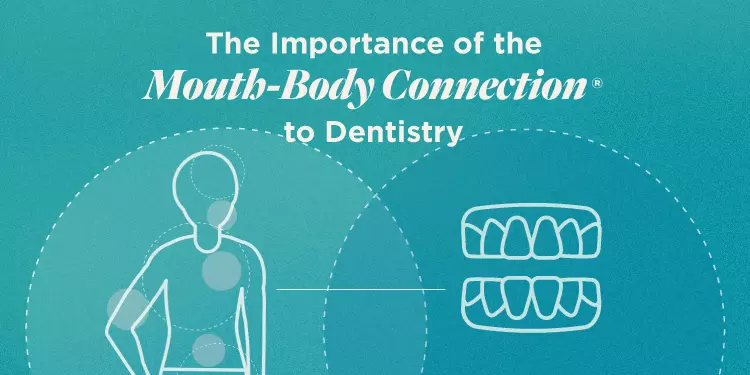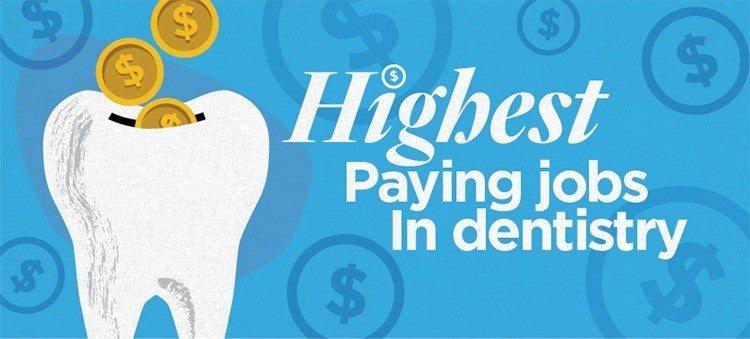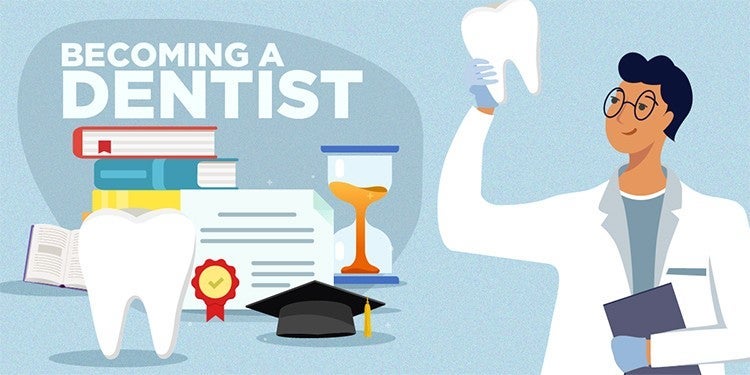
The Importance of The Mouth-Body Connection® to Dentistry
0 min readReviewed By : Jeremy Jonckheere
Published: Dec 10, 2023
In 2000, the surgeon general wrote in “Oral Health in America: A Report of the Surgeon General” that “oral health is integral to general health.” [1] This statement ignited over two decades of research exploring the link between bacteria and inflammation in our mouths and their impact on the rest of our bodies. The resulting discoveries leave little doubt that the presence of gum disease is associated with higher risks of other severe health conditions.

What Are Inflammation and Gum Disease?
Inflammation is the body’s response to infection. It happens when white blood cells protect the body from pathogens, like bacteria or viruses. As the white blood cells do their job, the blood flow to the area increases, which triggers redness, warmth, swelling, and in some cases pain. Inflammation can be acute, meaning it goes away after a short time, or chronic in that it lasts months or even years. Many systemic conditions link to chronic inflammation, like cancer, heart disease, diabetes, asthma, and Alzheimer’s disease. [2]
Periodontal (gum) disease is the body’s response to inflammation caused by bacteria in the mouth. The inflammation increases when poor oral hygiene or inconsistent dental care habits at home allow oral pathogens (bacteria) to thrive, which can lead to deterioration along the gum line along with other gum issues, like redness, swelling, and bleeding. Left untreated patients can suffer bone loss, loose teeth, or even tooth loss. [3]
The Impact of Periodontal (Gum) Disease
The answer to the question, “Does poor oral hygiene cause diabetes?” is no because research has not established a causal link between the two. In fact, the ADA specifies that a causal link for the effects of periodontal disease on overall health conditions is elusive, and another factor might be the reason for the strong association between them. [4]
However, the answer to the question, “Is poor oral hygiene linked to inflammation in the body?” is yes because of two factors: inflammation and congregation. First, chronic inflammation in the mouth from gum disease increases the inflammatory marker levels in the bloodstream, which triggers an immune response and amplifies the demand for the body’s resources that fight off disease. Second, the pathogens that cause gum disease enter the bloodstream and travel throughout the body where they can end up influencing disease elsewhere, like the heart, or through a systemic condition, such as diabetes. [5]
How Does The MBC Impact Dentistry?

The MBC Is Changing How PDS Operates
Sources
[1] Oral Health in America: A Report of the Surgeon General. Nidcr.nih.gov. Department of Health and Human Services. https://www.nidcr.nih.gov/sites/default/files/2017-10/hck1ocv.%40www.surgeon.fullrpt.pdf. Published 2000. (Accessed January 24, 2022.)
[2] Inflammation. webmd.com. https://www.webmd.com/arthritis/about-inflammation#091e9c5e800a707d-1-1 . Published 2020. (Accessed July 2, 2022.)
[3] Periodontal Disease (2013) Centers for Disease Control and Prevention. Centers for Disease Control and Prevention. Available at: https://www.cdc.gov/oral-health/about/gum-periodontal-disease.html (Accessed: 18 October 2023).
[4, 5] Oral Systemic Health. Ada.org. https://www.ada.org/resources/research/science-and-research-institute/oral-health-topics/oral-systemic-health . Published 2019. (Accessed January 24, 2022.)
The information provided by Pacific Dental Services in this blog is intended to educate readers about oral health and related topics. However, it is not a substitute for professional advice or career guidance from a qualified dental professional or educator. It is important to seek the help of experts for any concerns related to oral health or career planning.




